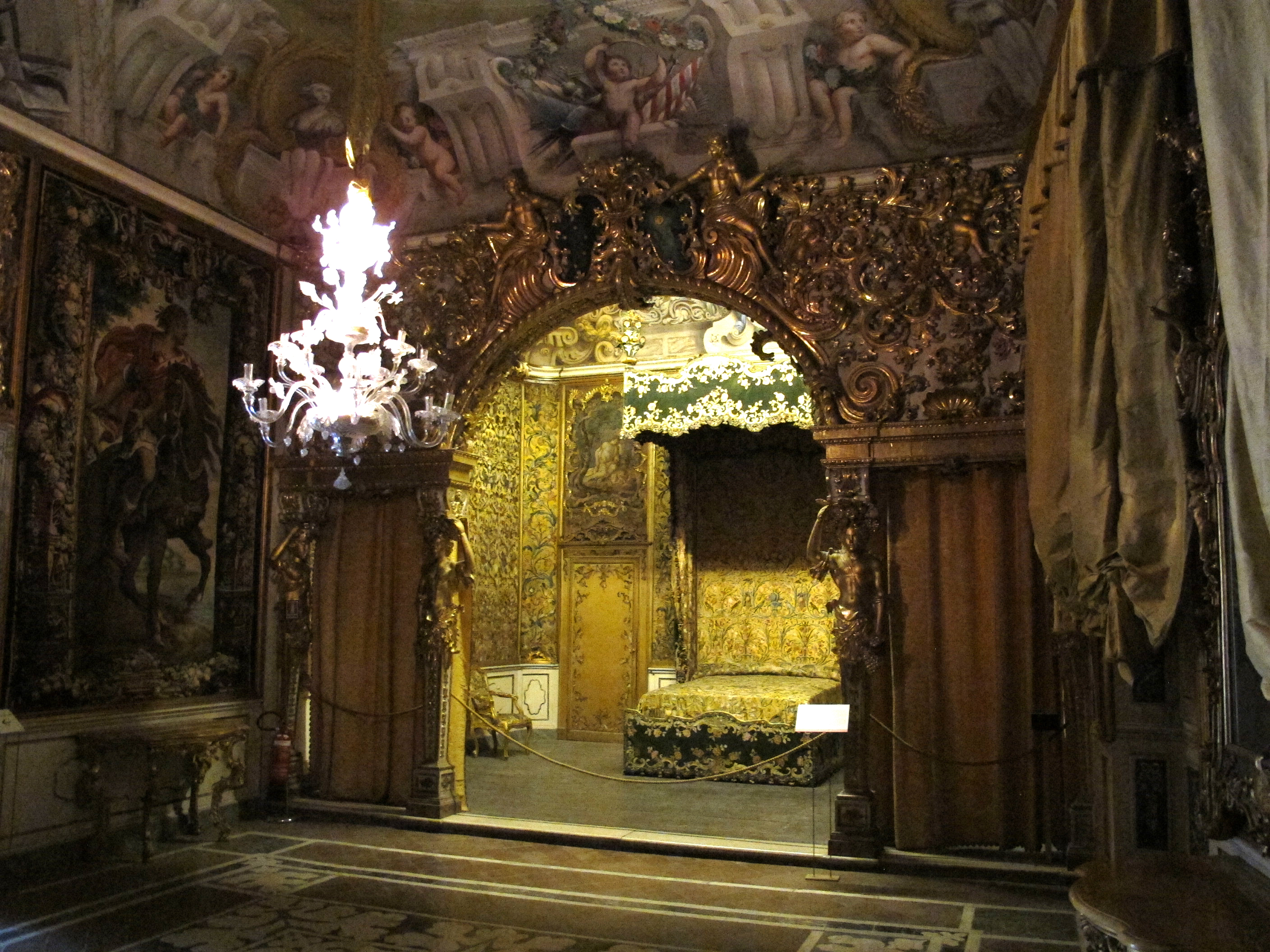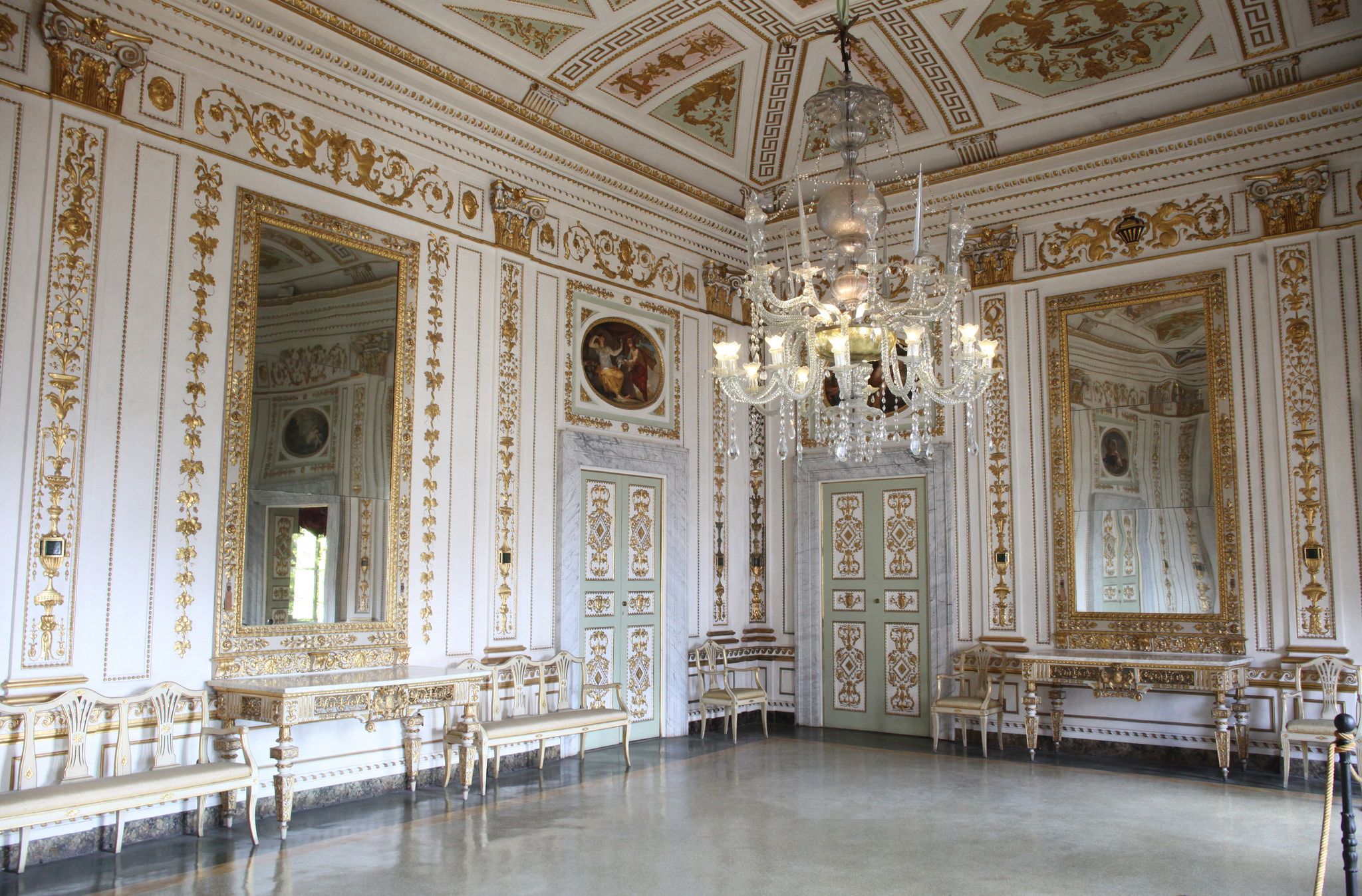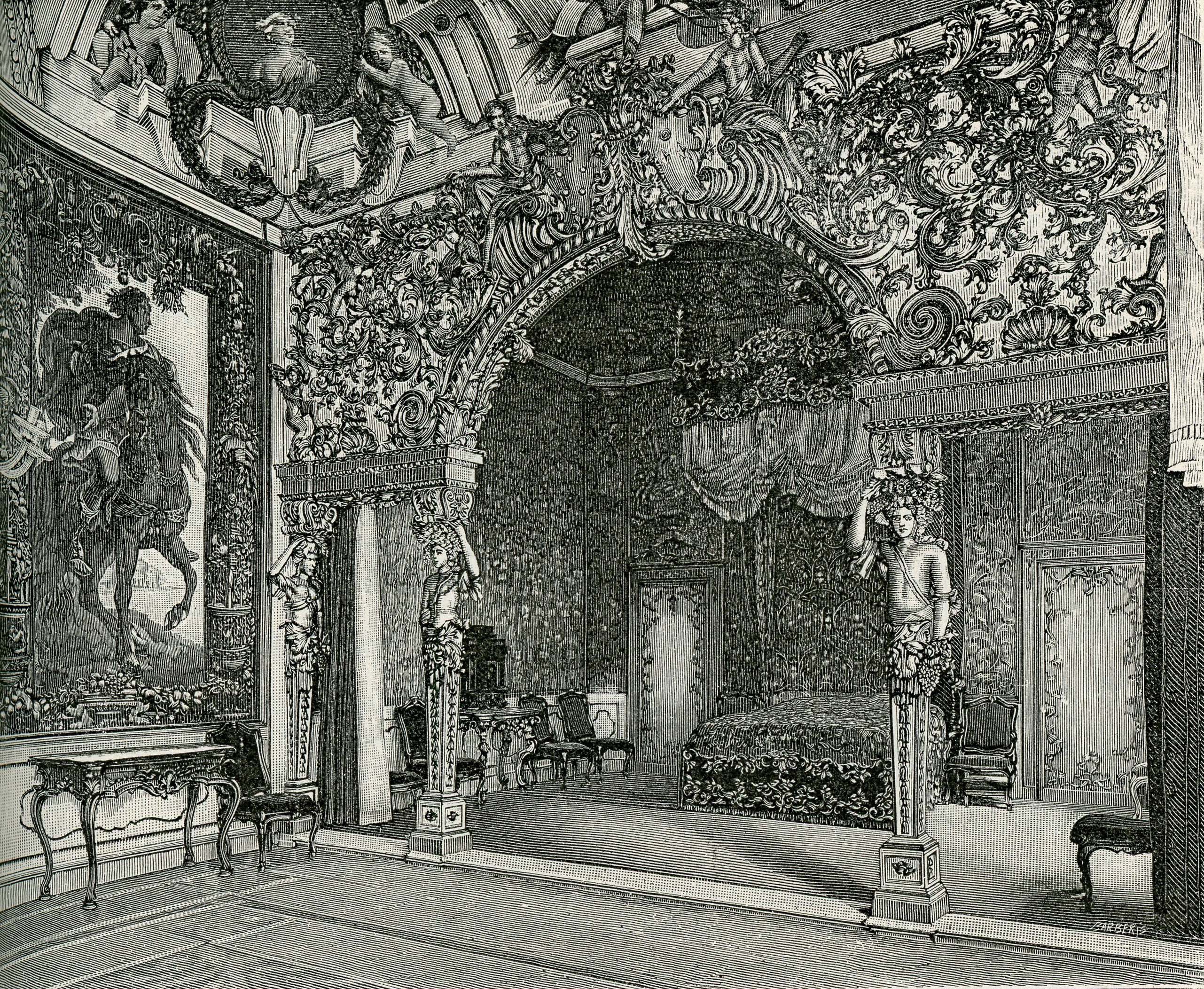That Lucca is one of the most culturally alive cities in Tuscany is no secret. Here you can find sculptors, painters, artists of various kinds who livelittle the Lucca life every day with different cultural activities.
There are also special attractions and museums to visit, among them one deserves more attention: the National Museum of Palazzo Mansi.
It is a real museum-residence, which is an exemplary testimony of the dwellings of the Lucca merchants.
Located in the heart of Lucca, its name comes from the family that had owned it since 1660 and it was the Mansi family that transformed it at the end of the 17th century by setting it up according to the Baroque taste that was in contrast to the style of the exterior facades of the palace. Today, thanks to its curious and interesting history, it presents itself as a valuable example of a museum in the museum.
Typical Villa Lucca, where most of the original furnishings are preserved and a precious cycle of Brussels-made tapestries, here also comes to life the Art Gallery with paintings of Italian schools and not only from the 16th to the 18th century.

There are the sections dedicated to the nineteenth and twentieth centuries (on the second floor) and the Maria Niemack Rustic Weaving Laboratory, which exhibits frames and tools of the nineteenth century, in the rooms that housed the kitchens of the palace. After all, textile art is one of those for which Lucca and its surrounding territory are considered precious. More than other details also the room of the newlyweds in which you can find the original alcova and the embroidered silk fabrics of the 1700s.
In 1965 the Mansi Palace became owned by the state that decided to completely renovate it and turn it into the museum that today we can all visit and admire.
Only later, after the renovation were recovered the original furnishings of the Villa Lucca, the frescoes and the tapestries on the walls. Interesting are the frescoes at the ceilings of a representative hall.
The Museum and art gallery

It has already been said that the Mansi Palace in 1965, when the family moved from the family to the state, has been transformed into an interesting and fascinating National Museum that gives the city of Lucca even more visibility than it already has.
Inside are 19th-century works by Pompeo Batoni, Stefano Tofanelli and Bernardino Nocchi as well as antique tools and textiles from the common life, including looms, religious vestments, vintage clothing models, 17th, 17th and 18th century fabrics, and illustrates an insight into what was the textile production activity in the Lucca territory.
In the gallery since 1977 are kept paintings that were donated by the Grand Duke Leopold II of Habsburg Lorraine to the city of Lucca on the occasion of its connection to the Grand Duchy of Tuscany.
Today you can visit four different rooms divided by style and era.
Precisely it is:
- Tintoretto with Portrait of a Venetian Senator (1518-1594), Ghirlandaio, Veronese and Titian
- Guido Reni with Crucifixion between the saints Catherine of Alexandria and Julius and Domenichino
- Flemish painting with Paul Brill, Jan Gossaert and his Madonna of Cherries
- Tuscan painting with Domenico Beccafumi with the Continence of Scipione (1486-1551), Agnolo Bronzino with portrait of Don Garzia de' Medici child (1503-1572), Pontorno with Portrait of a Young Man (1494-1566), Andrea Del Sarto with the Virgin and St. Anne.
How to reach the Museum

The National Museum of Palazzo Mansi is located in the heart of Lucca and is therefore within easy walking distance.
The fact that this Villa in Lucca is located in a central place of the city is a perfect motivation to devote to the discovery of Lucca in every corner, to know it in all its delicate nuances, just as we do with the people just known but with whom we already know that a close, indissoluble relationship will be established.
Yes, because Lucca like other Tuscan cities is true, friendly, sincere.
Image sources: wikipedia, lucca online, pinterest, wikimedia










 Map
Map